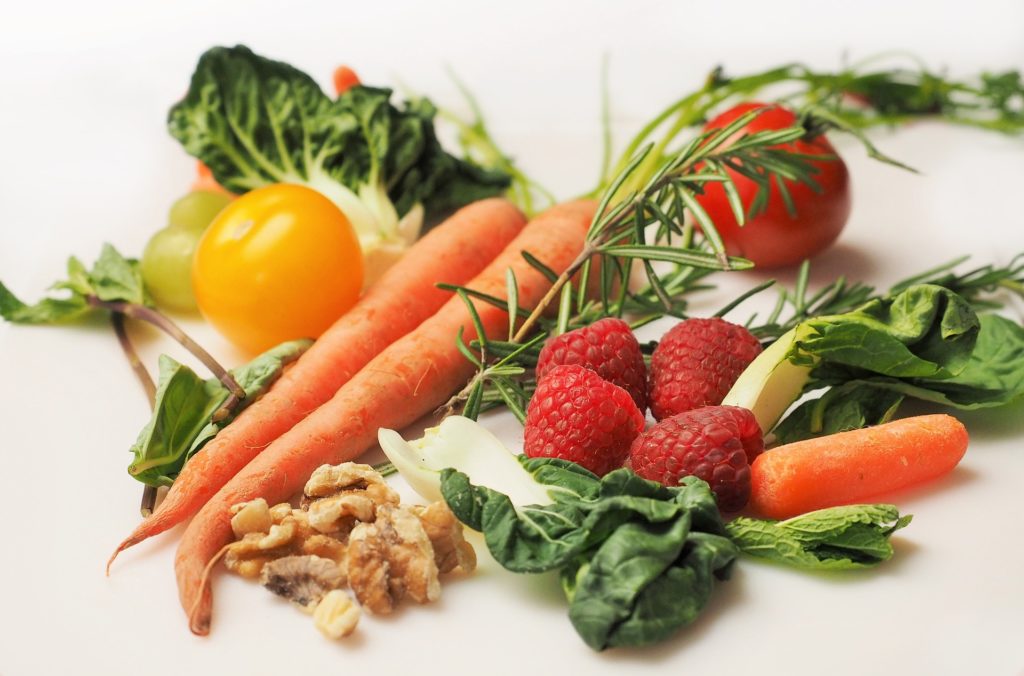What is inflammation?
Inflammation is the body’s method of protecting itself against harm. There are two types of inflammation – acute and chronic. The acute kind is familiar to most people. When you get a cut or a bruise or if you’re exposed to bacteria or viruses, your immune system sends blood to the injury to help with protection and healing. This process creates redness and swelling and is needed to prevent injuries and illnesses from getting worse.
Chronic inflammation is less familiar to most people because it’s not visible. Chronic inflammation also happens in response to unwanted substances or injuries but this inflammation lasts longer because the cause lasts longer. Chronic inflammation can be in response to toxins like cigarette smoke and pollution, to extra fat cells, or to autoimmune disorders.
Acute inflammation is generally good – it helps us heal and fight off disease. Chronic inflammation, however, tends to be bad. Diseases including cancer, heart disease, diabetes, arthritis, depression, and Alzheimer’s have been linked to chronic inflammation.
Can I do anything about inflammation?
Inflammation is the body’s method of protecting itself but we can take steps to reduce too much chronic inflammation. Adopting healthier behaviors like exercising regularly, practicing stress management techniques, sleeping more, and eating a healthy, plant-based diet can help reduce inflammation. There are a number of foods in particular that are associated with reduced chronic inflammation.
What are anti-inflammatory foods?
The foods we eat play a big role in inflammation, weight gain, and disease development. Foods that are high in antioxidants, polyphenols, omega-3 fatty acids, magnesium, and flavonoids can help reduce inflammation. The foods below are high in at least one of those things and have been shown to impact inflammation.
- Deep colored fruits and vegetables. Try to eat colorful produce. Often, the deeper the color, the more antioxidants a fruit or vegetable has. Produce with rich color and anti-inflammatory properties include berries, squash, tomatoes, spinach, broccoli, carrots, and sweet potatoes.
- Healthy fats like olive oil.
- Whole grains – whole grains provide fiber. Look for whole grain as the first ingredient.
- Seeds and nuts – these are a good source of healthy fats.
- Fish. Fish are a great source of omega-3 fatty acids, a known anti-inflammatory compound.
- Green and black tea.
- Fresh herbs and spices. Use ingredients like basil and turmeric instead of salt and butter to season your meals.
Some foods are linked to increased inflammation. Foods that are high in refined carbohydrates, sugar, saturated and trans fats are linked to higher inflammation.
Here are a few of our favorite recipes from Click ‘N Cook that use anti-inflammatory ingredients.
- Harvest Delight – full of squash, sweet potato, and herbs
- Broccoli with Sweet and Spicy Tofu – featuring broccoli and brown rice
- Quinoa Stuffed Acorn Squash – squash topped with quinoa and swiss chard
- Alaska Salmon Bake – salmon, olive oil, and walnuts are anti-inflammatory
Written by Rachel Caty MPH, RDN, LDN


